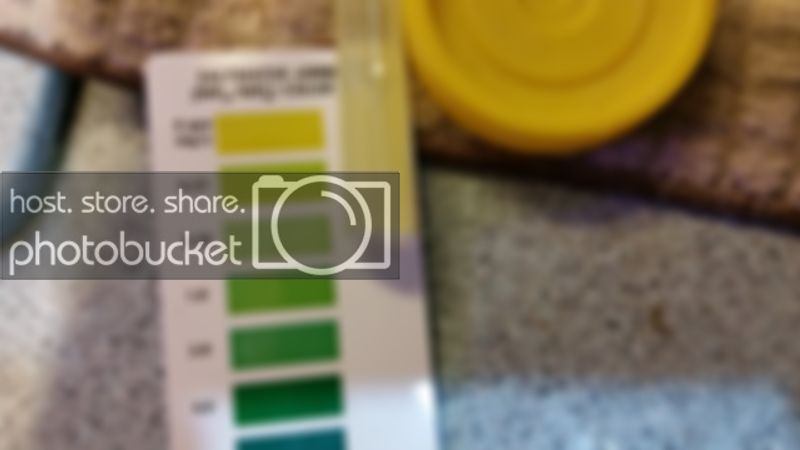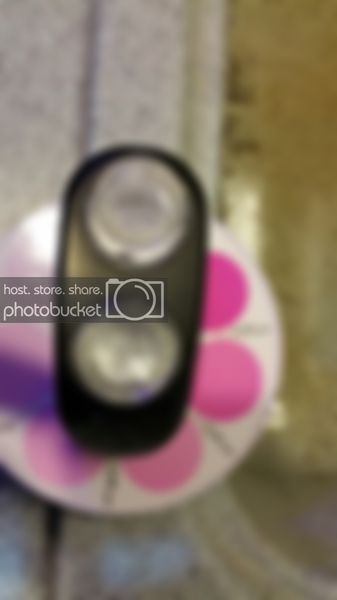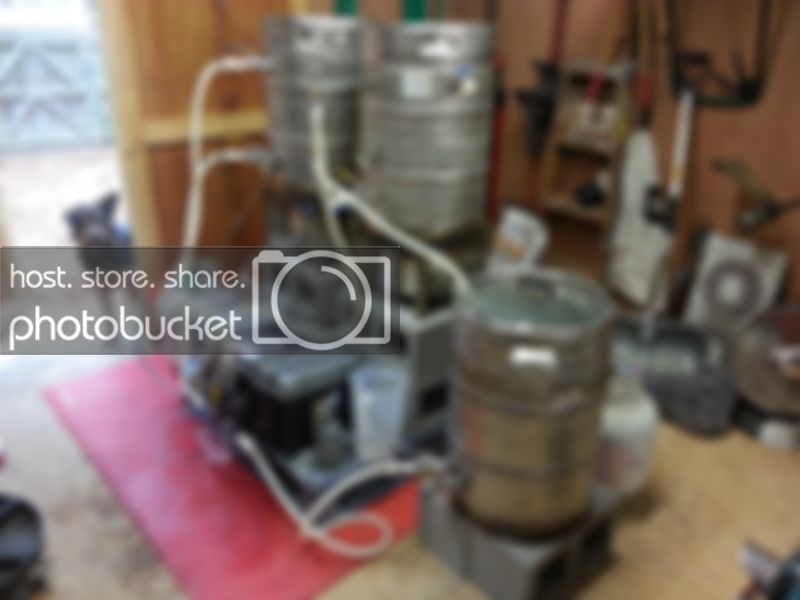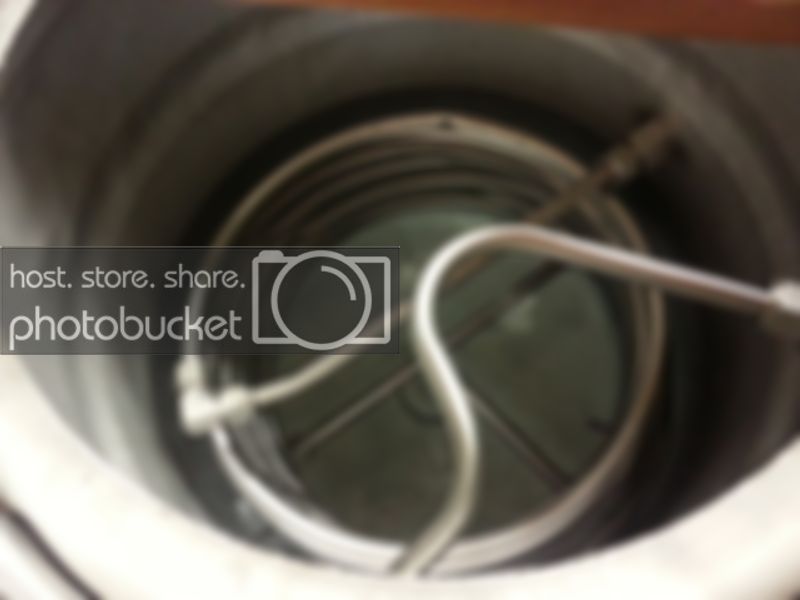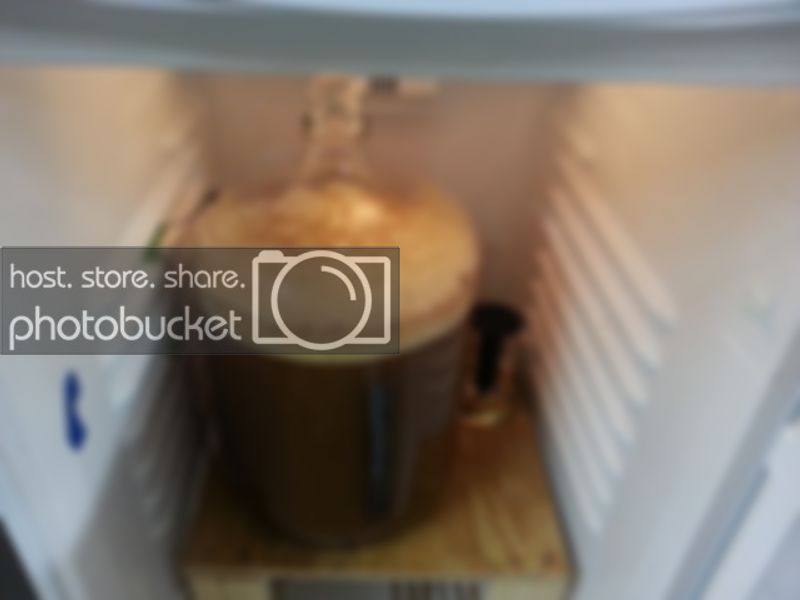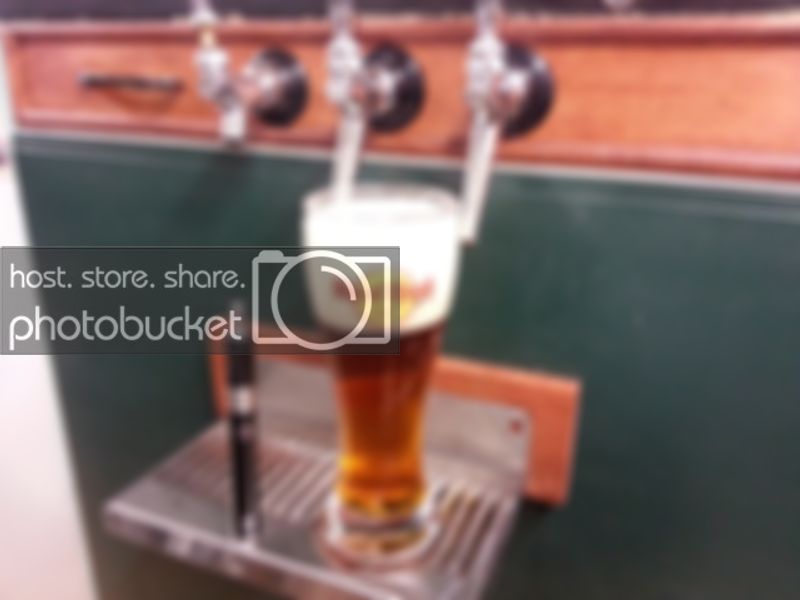In the photo the surface of the water looks mirror flat. Have you got enough gas exchange going on, and circulation? Could the CO2 be building up and driving pH down? Also you mention 0 ppm phosphates and now nitrates too. Is that with an accurate test? Is your phosphate and or nitrate so low that the corals are starving as you said in your first post? Do you feed the tank much? Just suggesting because when my nutes were driven to zero as per test kits and I was feeding very little, my corals shrank over weeks and some died, and when I dosed nutes recently, they corals responded with what I interpret as extreme joy (like monti with polyps like I have never seen).
Last edited:






